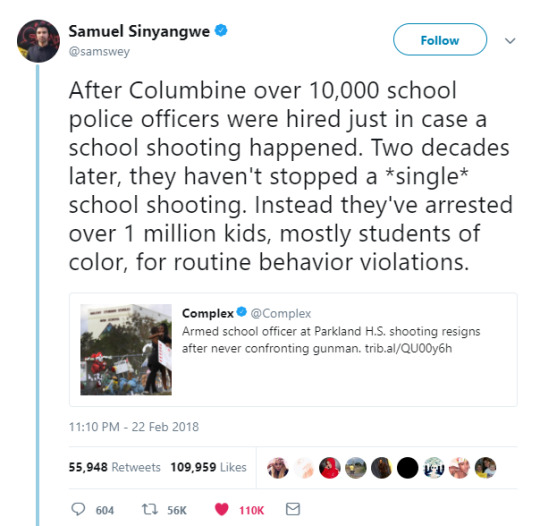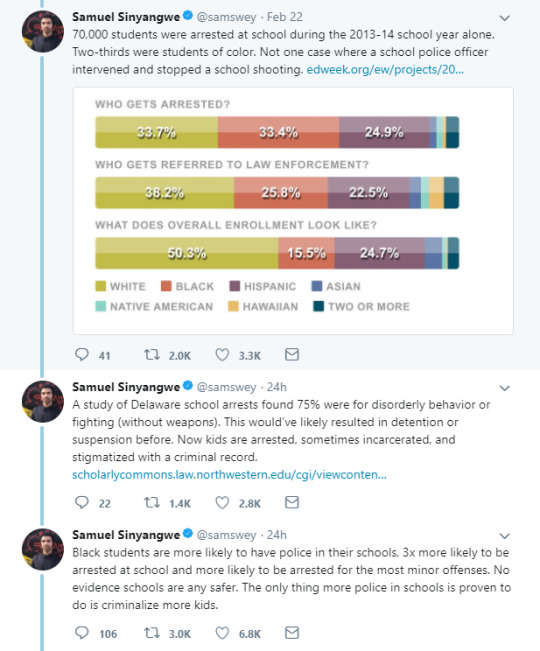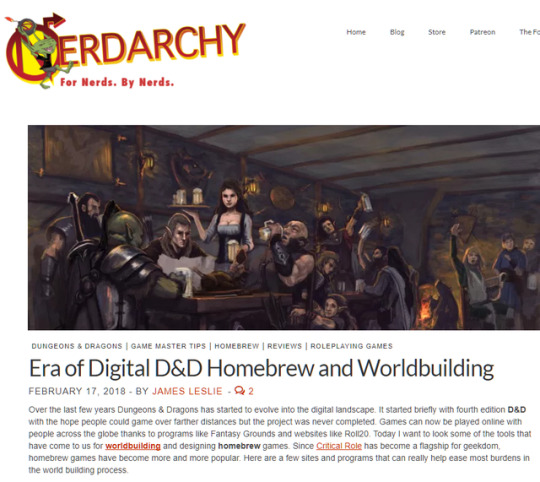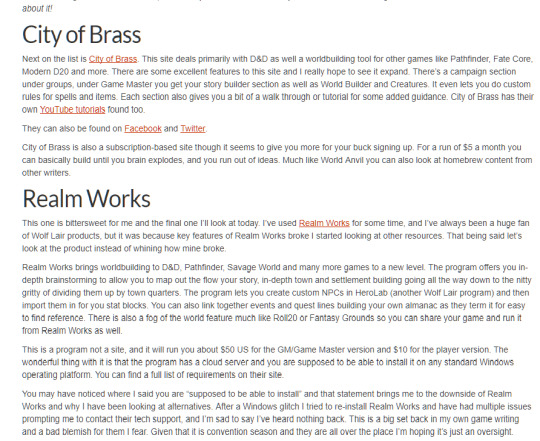Text
What does it all mean...
The way I’ve seen it, is that people like to go on the internet to ignore a lot of the things they need to do. They watch YouTube videos and browse through Twitter and Facebook to keep up with news amongst family members and their favorite figures in the media. With Instagram and Snapchat, you can keep up with what the big-name celebrities are eating at Sunday brunch or you can compare internet cats with your own because deep down you know “your cats are cuter in every way, you just never happen to have your camera on.” When visiting these internet sites, you could almost assume that the people making these posts have never had to write a paper or have taken an English class in their entire lives. The grammar is abysmal, structure can seem to just be the poster simply spewing whatever it is that moves to the front of their mind at every second, and the context may seem completely non-existent. But it is on these websites, that posters and readers are using reading strategies they would normally be using in the classroom.
Let me explain…
Although readers aren’t thinking about it as they read, they’re taking many things into consideration when absorbing information online. When scrolling through Twitter, a reader understands what a hashtag is for, how to use it, and can have an idea of what to expect when browsing a certain hashtag. If you’d ask me, the words I’d use to describe what these things are “discussions”, “conversations”, and “movements/groups”. After reading a long blog post on tumblr about signs a cat would give to convey their mood, I’m also noticing why the writer might make a post like this and who’d they make it for.
All these things, are strategies used when analyzing texts in classes that students would want to avoid entirely because doing these things manually seems like a chore. When analyzing a piece of writing in school, use of rhetorical strategies doesn’t come second nature anymore because what the assigned reading ends up being is an old 19-page essay on a topic I’ve never even heard of before. After reading these unfamiliar topics, I gotta research their context to get an understanding of why someone would want to write this stuff in the first place. Then, I need to read all the referenced and old words so I can know what in the living heck Shakespeare is even talking about like in Romeo and Juliet about something I don’t understand because the terminology is ancient. You know which part I’m talking about.

I’m getting to my point, just hang in there…
After logging into my favorite platform, I know what to expect as I scroll through. Reading through and posting on a hashtag I’ll be joining in a discourse community, whether I’m reading someone’s story about something that’s happened to them like #metoo, or I could be siding in a debate on a topic like whether I thought the new Black Panther movie was good or not (it was). I don’t have to research the context because it’s current events to me. As I scroll through Facebook I scroll past a post that explains everything and I understand what’s going on. The writers purpose could seem a bit more complicated at some points when trying to figure out whether someone is trying to persuade me to join their side or they’re trying to sell me some ancient trick to get money fast. I know the terms used in a discourse already, even the words used on different social media sites like Twitter will often have large descriptive words left out because of their character limit or how a video on YouTube will probably leave out words for picture and motion to convey a message. A lot of these things are discussed in an article by Haas and Flower about the use of rhetorical reading strategies. Taking into account an authors intentions, use of preexisting knowledge on a subject, the terminology of a discourse. All these things are used when browsing across many websites on the internet as though they were on autopilot.
The same techniques that are used in academic reading are always being used in casual browsing, but our viewing on the internet isn’t often associated with those techniques. Because of this mental seperation, when writing posts online, the author doesn’t always implement everything. On a twitter post, the author keeps his point short and clear, posting links to information and conveying the main ideas of the posts to make the audience understand the the conversation. Or in blog posts, the writer might make a connection with the reader through use of feelings and nostalgia, but they wouldn’t show proven results. On the other hand, when reading academic papers for classes, students might find it harder to connect with the material since they have to put more effort into simply understanding the context of a report.
With the expansion of technology and internet connectivity, students can get a better understanding of rhetorical reading and apply it to their studies and once the connection between academic reading and online social media browsing is made, it becomes much clearer and easier to apply these strategies to classroom environments as well as read deeper into meanings of articles they find online.
1 note
·
View note
Text
Short and Sweet...

There are many different platforms online that serve as a purpose to spread coversation and information to a wide variety of people. One of the largets sites used in this way is Twitter. It’s use of hashtags make it simple for anyone to join a discourse for just about any topic or create their own coversations. The downside of using something like Twitter, is the fact that there is a character limit. So when trying to convey a message to an audience, it’s important to give the most crucial pieces of information in as a few posts as possible.
Let me explain...
In this string of tweets, the person creating the string posts a link to an article in which they’re responding to first. With the few responding tweets, the author gives out only the main points of information from links to convey his message. He doesn’t waste time with descriptive words to describe a scene or a feeling, but instead they just get straight to the point.

0 notes
Text
That’s Debatable...
youtube
Sparking a debate can be a surprisingly dangerous act, depending on the sensitivity of the topic and how a person takes their stance on the subject. If someone is joining in a conversation, a discourse as some might put it, and taking a stance they need to be clear in their intention and reasons.
Let me explain...
In this short podcast clip, Jon Graham explains his position on the gender identity debate. Setting aside the rather vulgar languange, Graham gives his opinions on how the identity debate should be viewed.
The most important thing I think should be taken out of this, is how he makes his intentions of expressing his opinions to create a discussion and gives his explenation as to why he believes what he does. Although he doesn’t directly state it, Graham is sparking an open debate for others to hear from the comments section of the video.

The comments section of a video can create a discourse of their own and in the case of this clip, Graham is taking on an already existing discourse and openning it up for another group of people who may not voice their opinions on larger sites or platforms.
0 notes
Text
Sounds Like a Personal Problem...

In an blog post written on Nerdarchy, the writer tells of something that they think is becoming a sort of problem. The reason I found this post worth reading for more that 4 lines is because it does something that a lot of blog posts I find find fail to do that this post gets right, creating a connection with the audience by way of personal feelings.
Let me explain...
The writer talks a bit about how technology is advancing and as technology advances so do the many ways people have access to popular books, since they now are just a button press away.
The connection that’s drawn, comes when the writer explains the feelings of wandering through a used bookstore or library and discovering stories you may never have heard of before.
They describe this feeling of finding new books as, “...like going on an adventure. It’s like journeying back a few hundred years and you are a pirate out there searching for lost treasures and secret gems.“
At first, you may be getting a “BACK IN MY DAY” vibe, as the author seems to be reminiscing over a memory through the article, but what I’m catching is that the author is really trying to encourage the reader of the article to go out and discover stories and books like he did in his younger years, in hopes that the reader would understand and live those memories as well.

1 note
·
View note
Photo

A Helping Hand
When reading through something you might come across online, you’re probably gonna catch onto what it is that the author of the article is trying to do for you (the reader). Whether it be trying to explain a situation to you or sell you some cheap product online that you find in stores, it’s a pretty big deal in trying to understand why the writer is telling you these things to begin with.
The example I would like for you all to tear apart under your microscopes, is an article on Nerdarchy where the writer, James Leslie, is trying to inform the reader to some tools that he thinks people would find helpful with the hobby of Tabletop Roleplaying (TTRPG).
I’ll explain...
In that special introduction paragraph, the writer assumes the connection between himself and the reader, the participation in TTRPGs. The article seems to be geared more towards newer players and this is apparent by how he references a popular media source, Critical Role. Critical Role is an online stream of players who play Dungeons and Dragons and it’s growth in popularity have attracted many people to the game with likeable characters and tense adventure stories. The author knows that Critical Role has played a major part in attracting new players and, in bringing it up, new players could gain a connection as to how this article would help them.

The writer gives a few examples of tools that would help someone in creating their world of games, but the most important bit I’d like to show is his final example, Realm Works.
Of course giving useful tools would be the goal, but it’s important to inform your readers what they might be in for when using some these resources. For Realm Works, the writer let’s the reader know of their personal experience with the software and how useful it is for the hobby. Most important of all, is that they let the reader know of major issues that go into using this program. The reader is going to want to know ahead of time if something can go wrong, especially when there is money involved like this software. And when taking this tool into account, the reader can make a better decision of whether or not to invest into the product.
0 notes
Text
Things Like “Exigence” and Other Rhetorical Things
Elisabeth H. Buck makes use of surveys and interviews to get a grasp of why students (or maybe just people in general) use social media sites all the time and maybe, just maybe, we should be using them in schools.
Let me explain...
Buck uses a survey and interviews, but not one of those “Where Would You Live if You Were in Middle Earth” kind of surveys. First thing, is she wants to find out what are these posters thinking for each post. Who are these people posting for? When posting something online, it’s important to think about who it is that’s going to see what your posting. Are you trying to teach your audience something new or keep someone updated? What reaction are you trying to gain from posting something online?
Buck creates some posts online and the people partaking in the survey choose from a selection of adjetives to gain an understanding of what they think of posts being made on these platforms.
What we learn here, is that across different platforms, these posters are being made with a consideration of who is seeing these posts. People using Facebook use that platform for more personal information and share information with close family and friends, where Twitter is used to share thoughts as they come and go.
Buck also tells us, about something called “Exigence”, which almost acts as a driving force for people making posts in the first place. When someone makes a post, they’re almost hoping for a positive response in the forms of Likes, retweets, reblogs, and comments. An image is posted hoping for a like or retweet and gain some exposure, or possibly some criticism to fix a piece of art or different ideas for an outfit. Someone might ask a question about where to go or how to do something and someone could answer!
3 notes
·
View notes
Photo

“How to Reel ‘em In”
For someone who might be looking into creating a blog of their own and creating a following of like-minded individuals, it may seem daunting when trying to figure out what should be done to gain attention on your first post. While there are many blogs and videos out there with different styles, I think this article on Kotaku makes for a great example for joining in on a conversation with your own opinion on a subject and starting a conversation over a topic.
The first, and what I find is the most important piece of the article, is the first paragraph of the article. The author of the article begins by bringing to mind an experience many of their target audience is familiar with and giving their opinions on the encounter. The reason this opening is so crucial is because it automatically creates a connection with their audience, whether or not the reader agrees with the writers point of view or not, and has their attention on the matter.
The next important detail the writer does in this article, is give hope to the audience for the issue they have brought up. In this case, the encounter of the game is being described as boring/stale, but there might be a way to fix the problem! If the reader wants to know what the solution might be, they will have to continue reading the article. Now, the audience has more reason to continue reading the article in hopes there is a fix to the problem. When creating a blog post or video discussing an issue, simply stating that there is an issue won’t serve much purpose unless there’s a way it can be solved worked on. Without a solution, the article will seem more like a rant than a discussion.
The author then goes to describe what they feel is a typical encounter for the game and how they percieve it to be so boring it’s almost a chore to play through, but the main takeaway, as writers ourselves, is how the author is trying to make a connection with their audience on the subject at hand. Whether the audience has experienced something similar to what the author is descrbing or not, the writer is attempting to get the reader to shake their heads up and down saying to themselves, “I know that feel.” or at the very least, get them to think, “I can see why they’d think that.” The deeper the connection that can be established, the more engaged the reader will be, since now they might have their point of view represented.
The solution offered at the end of the article involves getting the reader to think of the subject in a different perspective. Now that their attention has reached the end of the discussion, they will have an idea as to why you think something is a problem and why something may need to be fixed.
1 note
·
View note